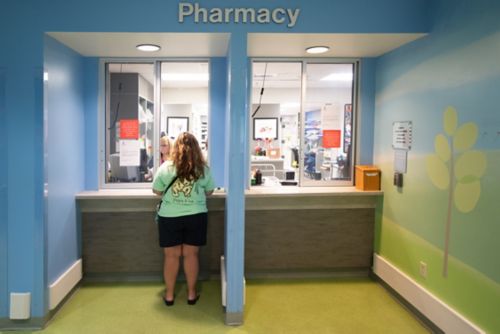Menu
Close
Back
Welcome to
Together is a new resource for anyone affected by pediatric cancer - patients and their parents, family members, and friends.
Learn MoreManaging medicines is a challenge for patients and caregivers. Families often juggle multiple medicines. Each may have a different dose, frequency, and method of administration. It is easy to get overwhelmed. But, there are things families can do to stay on top of medicines.
Make sure your child’s medication list and drug information is kept in a way that is simple to use.
Be sure that all caregivers have access to drug information and instructions. Many families like to keep information in a binder so that it is organized and easy to refer to when needed.
Remember to take the medication list with you each time you visit your doctor or pharmacy.
For each medicine, write down specific instructions on how to take the medicine including:
Ask about refill procedures for each medicine. Some of your medicines may need additional steps by the doctor or pharmacist due to specific requirements for safety, drug availability, or other considerations. Talk to your doctor and pharmacist about any special procedures, and find out when you need to start the refill process. Write down the specific instructions for each medicine, such as “Call the pharmacy when you have 5 pills remaining.”

Write down specific instructions on how to take each medicine prescribed. Notes should include dose, schedule, and specific instructions for administration.
It is important to have basic information for each medicine prescribed. This does several things:
Older children and adolescents can learn to take part in managing medications in age- and medically-appropriate ways.
Keep this information in your records:
At home:
At the pharmacy:
—
The Together by St. Jude™ online resource does not endorse any branded product or organization mentioned in this article.
—
Reviewed: February 2024